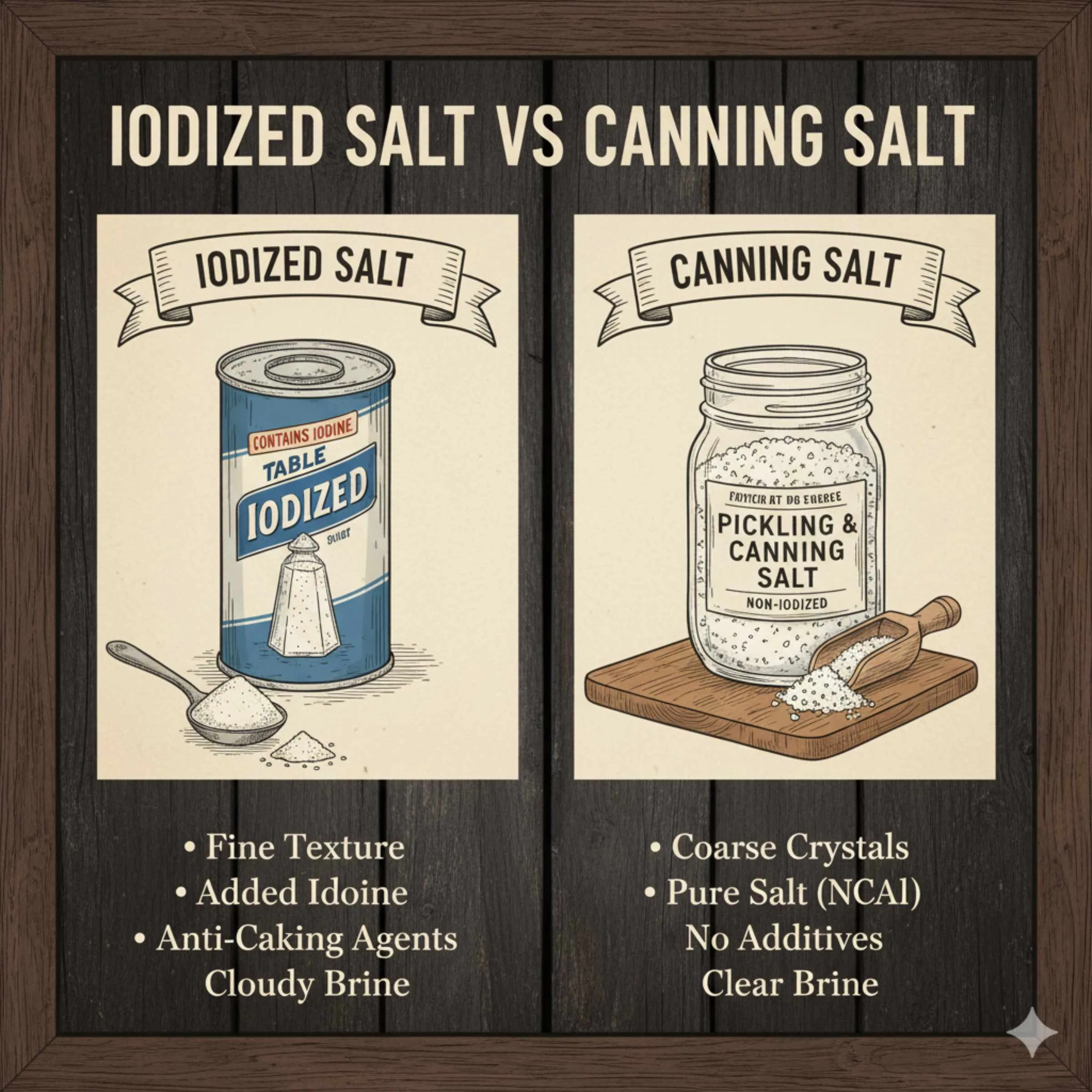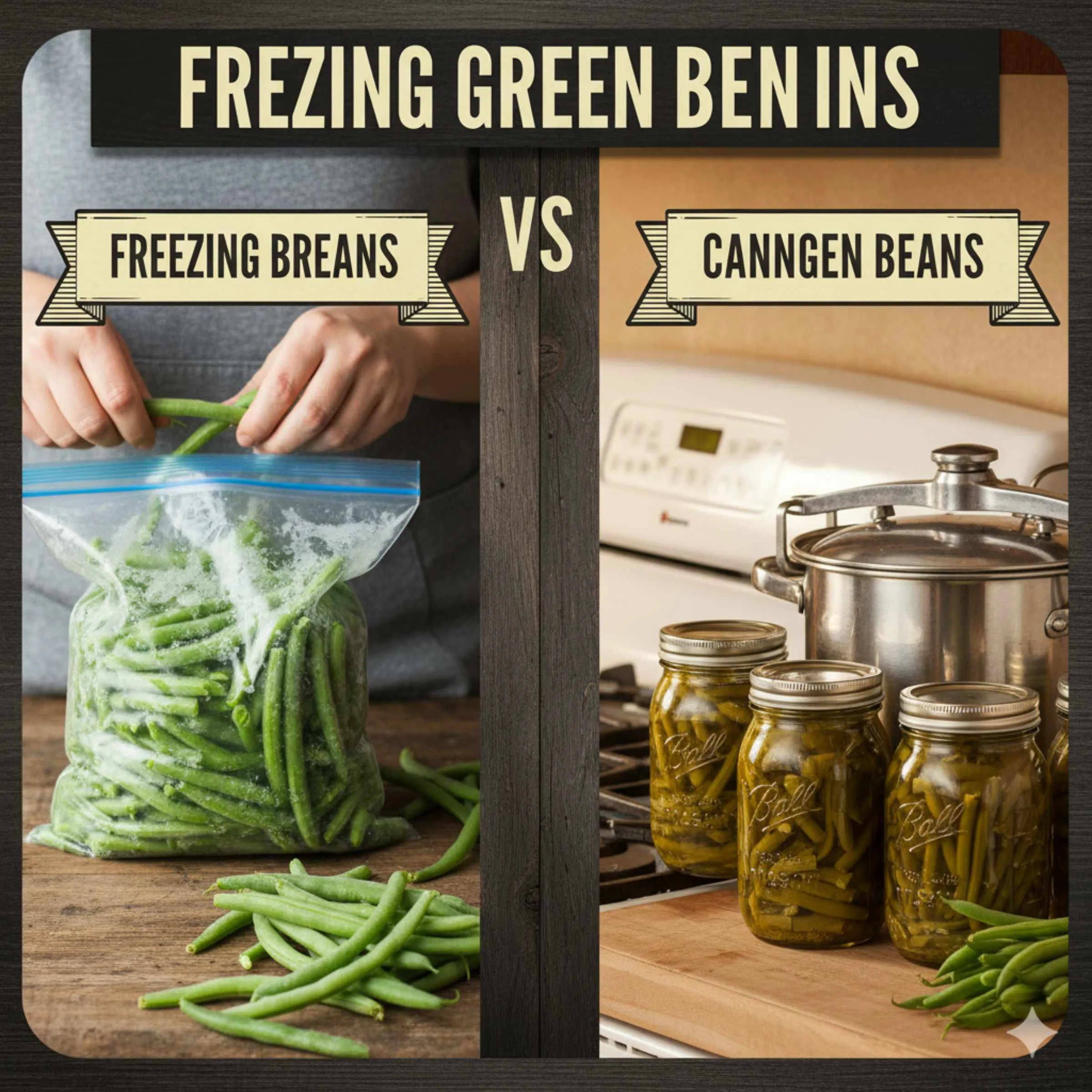Quick Summary
To effectively clean dog pee off your sofa, act fast! Blot up excess urine immediately, then use an enzymatic cleaner specifically designed for pet stains. This breaks down odor-causing molecules. For tough stains, gently scrub with a mild soap and water solution before applying the enzyme cleaner. Always test a small, hidden area first.
Okay, let’s talk about one of those ‘uh-oh’ moments every dog owner has: finding a puddle on the sofa. It’s stressful, we get it! That lovely couch smell can quickly turn into something… less than lovely. But don’t worry, a little know-how and the right approach can save your sofa and your sanity. We’re going to walk through the best methods, step-by-step, so you can tackle this common problem like a pro. Soon, your sofa will be fresh and clean again!
Why Immediate Action Matters
When your furry friend has an accident on the sofa, time is truly of the essence. Dog urine is a potent mix of compounds, including urea, uric acid, and bacteria. As it sits, these components begin to break down. This is where the infamous odor comes from. The longer the urine soaks into the fabric and padding, the deeper it penetrates, and the harder it becomes to fully remove both the stain and the smell. Think of it like a spill on your car’s carpet – the faster you address it, the less likely it is to become a permanent problem. Acting quickly prevents the urine from setting into the fibers, which significantly improves your chances of a complete cleanup and prevents lingering odors that might encourage your dog to remark the spot.

Gathering Your Cleaning Arsenal
Before you dive in, let’s make sure you have what you need. Having the right tools on hand will make the process much smoother and more effective. You don’t need a lot of fancy equipment, just a few key items:
- Paper Towels or Clean Cloths: For blotting up as much liquid as possible. Old towels or microfiber cloths work great.
- Enzymatic Cleaner: This is your secret weapon. Look for cleaners specifically designed for pet stains and odors. These cleaners contain active enzymes that break down the organic matter in urine.
- Mild Dish Soap: A small amount of gentle dish soap can help with initial cleaning, especially for surface stains.
- Water: For diluting soap and rinsing.
- Bucket or Bowl: To mix your mild soap solution if needed.
- Gloves: To protect your hands.
- Vacuum Cleaner: For sucking up any loose debris after cleaning and drying.
- (Optional) Baking Soda: For absorbing stubborn odors.
- (Optional) Soft Scrub Brush or Old Toothbrush: For gently working a cleaning solution into the fabric.
The Proven Step-by-Step Method
Now, let’s get to work. This method is designed to be simple, effective, and safe for most sofa fabrics. Always remember to test any cleaning solution on an inconspicuous spot first to ensure it doesn’t cause discoloration or damage.
Step 1: Blot, Blot, Blot!
As soon as you discover the accident, grab your paper towels or clean cloths. Press them firmly onto the wet area to absorb as much urine as possible. Avoid rubbing, as this can push the urine deeper into the sofa’s fibers and padding. Keep blotting with fresh towels or cloths until you can’t absorb any more liquid. This initial step is crucial for minimizing saturation.
Step 2: Assess the Fabric Type
Before you apply any cleaners, it’s important to know what kind of fabric your sofa is made of. Different materials react differently to cleaning solutions. Look for a tag on your sofa that usually has cleaning codes. These codes guide you on how to clean the upholstery:
Common Upholstery Cleaning Codes:
| Code | Meaning | Cleaning Method |
|---|---|---|
| W | Water-based cleaner | Use water-based cleaners and solutions like mild soap and water. Avoid solvents. |
| S | Solvent-based cleaner | Use only water-free cleaning solvents. Do not use water. |
| WS | Water-based or solvent-based cleaner | Can use either water-based cleaners or solvents. |
| X | Vacuum only | No liquids or solvents. Requires professional cleaning or vacuuming only. |
If your sofa has an ‘S’ or ‘X’ code, you’ll need to be extra careful and might want to consult a professional cleaner or an upholstery cleaning specialist for advice. For ‘W’ or ‘WS’ codes, you can proceed with the following steps.
Step 3: The Gentle Soap Solution (for ‘W’ or ‘WS’ codes)
If your fabric is safe for water-based cleaning (‘W’ or ‘WS’), mix a small amount of mild dish soap (just a drop or two) with a cup of cool water. Dip a clean cloth into this solution, wring it out so it’s damp, not soaking wet, and gently blot the affected area. Work from the outside of the stain inward to prevent spreading. This helps lift any surface residue or odor.
Step 4: Rinse the Area
After using the soap solution, take another clean cloth dampened with plain water. Blot the area again to rinse away any soap residue. It’s important to get rid of the soap, as leftover soap can attract dirt. Again, avoid over-saturating the fabric.
Step 5: Apply the Enzymatic Cleaner
Now comes the magic ingredient – the enzymatic cleaner. Read the instructions on your chosen cleaner carefully, as application methods can vary slightly. Generally, you’ll want to saturate the soiled area with the enzymatic cleaner, ensuring it reaches as deep as the urine did. This is where a spray bottle is handy. The enzymes in the cleaner need time to work their magic. They break down the urine’s chemical compounds, eliminating both the stain and the odor at its source. Leave the cleaner on for the time recommended by the manufacturer, which can range from a few minutes to several hours, or even overnight, depending on the product and the severity.
For more detailed information on enzymatic cleaners and how they work, resources like the U.S. Environmental Protection Agency (EPA) offer insights into how chemicals interact with organic matter, which is the principle behind these cleaners.
Step 6: Allow to Air Dry
Once the enzymatic cleaner has done its work, allow the area to air dry completely. You can open windows to improve ventilation. Avoid using heat (like a hairdryer on high heat), as this can sometimes set any remaining odor or even damage certain fabrics. Patience is key here. The drying process can take several hours, or sometimes even a full day, depending on humidity and how much moisture the fabric absorbed.
Step 7: Vacuum Thoroughly
Once the spot is completely dry, vacuum the area. This helps to restore the fabric’s texture and remove any dried residue from the cleaning process.
Dealing with Stubborn Odors and Old Stains
Sometimes, even with immediate action, odors can linger, or you might discover an older stain that wasn’t properly treated. Don’t despair!
- Repeat Enzymatic Treatment: For persistent odors, you might need to repeat the enzymatic cleaner application. Ensure you are saturating the area well, allowing it to penetrate deeply.
- Baking Soda Power: Once the area is dry after the enzymatic cleaner treatment, you can sprinkle a generous amount of baking soda over the spot. Let it sit for a few hours, or even overnight, to absorb any lingering odors. Then, vacuum it up thoroughly.
- Professional Cleaning for Tough Cases: If you’ve tried everything and the smell or stain persists, it might be time to call in the pros. Professional upholstery cleaners have specialized equipment and solutions for deep cleaning that can tackle the most stubborn issues.
What NOT to Do
Just as important as knowing what to do is knowing what to avoid. Steer clear of these common mistakes:
- Rubbing the Stain: This pushes the urine deeper into the cushions.
- Using Harsh Chemicals: Ammonia-based cleaners can mimic the smell of urine and encourage your dog to pee there again. Bleach can damage and discolor your sofa.
- Over-Wetting the Sofa: Too much moisture can lead to mold and mildew, and can damage the sofa’s internal structure.
- Using Heat to Dry: Heat can permanently set stains and odors.
- Ignoring the Code: Not checking your sofa’s cleaning code can lead to irreparable damage.
Preventing Future Accidents
While cleaning is essential, prevention is always the best policy. Here are some tips to help avoid future sofa accidents:
- Consistent Potty Breaks: Ensure your dog has regular opportunities to relieve themselves outside.
- Watch for Signals: Learn your dog’s cues that they need to go out (e.g., sniffing, circling, whining).
- Supervision: Keep an eye on your dog, especially when they are in the living room.
- Crate Training: Dogs are less likely to soil their sleeping areas. If your dog is comfortable, a crate can be a useful tool when you can’t supervise them.
- Address Underlying Issues: If accidents are happening frequently, there might be a medical issue (like a urinary tract infection), anxiety, or a training problem that needs professional attention from a veterinarian or a certified dog trainer. You can find helpful resources on canine health and behavior from organizations like the American Veterinary Medical Association (AVMA).
- Make the Sofa Less Appealing: Sometimes, temporarily covering the sofa with the dog’s mat or a less-appealing material can deter them from choosing it as a potty spot.

Frequently Asked Questions (FAQ)
We’ve rounded up some common questions to help clear up any remaining doubts:
Q1: How quickly should I start cleaning after my dog pees on the sofa?
A1: As soon as possible! The fresher the stain, the easier it is to remove. Aim to blot up excess urine within minutes of discovering it.
Q2: Can I use regular household cleaners?
A2: It’s best to avoid most regular household cleaners, especially those containing ammonia or bleach. Ammonia can smell like urine and encourage more accidents, while bleach can damage fabric color and fibers. Enzymatic cleaners are specifically designed for pet stains.
Q3: How important is the fabric cleaning code?
A3: It’s extremely important! Following the cleaning code ensures you don’t damage your sofa. Using the wrong cleaner can lead to permanent discoloration, shrinking, or other fabric damage.
Q4: How long does an enzymatic cleaner need to work?
A4: This varies by product and the severity of the stain. Always follow the manufacturer’s instructions. Some may require a few minutes, while others need to sit for several hours or even overnight to effectively break down the odor-causing molecules.
Q5: My sofa smells clean now, but will the smell come back when it rains?
A5: Sometimes, humidity can reactivate residual odor-causing molecules if they weren’t fully broken down. Ensure you’ve used enough enzymatic cleaner and allowed the area to dry thoroughly. If the smell returns, repeat the cleaning process or consider a professional cleaning.
Q6: What if the urine soaked all the way through to the sofa cushion foam?
A6: This is a tougher situation. You’ll need to saturate the affected area with enzymatic cleaner, ensuring it penetrates deeply into the foam. You might need to remove the cushion cover (if it’s washable) and treat the foam directly. Be careful not to over-saturate the entire cushion, which can lead to drying issues and mold. Sometimes, if the urine has soaked deep into the foam and dried, complete odor removal can be very challenging without professional help.
Conclusion
Dealing with dog pee on the sofa can feel like a disaster, but it’s a challenge that can be met with the right knowledge and approach. By acting quickly, using the appropriate tools like enzymatic cleaners, and understanding your sofa’s fabric care needs, you can effectively tackle these accidents. Remember to blot, rinse, treat with an enzyme cleaner, and allow for proper drying. And don’t forget the preventative measures to keep your canine companion from having another sofa surprise! With a little effort, your sofa can be back to smelling fresh and clean, ready for cozy cuddles with your furry friend.








Leave a Reply